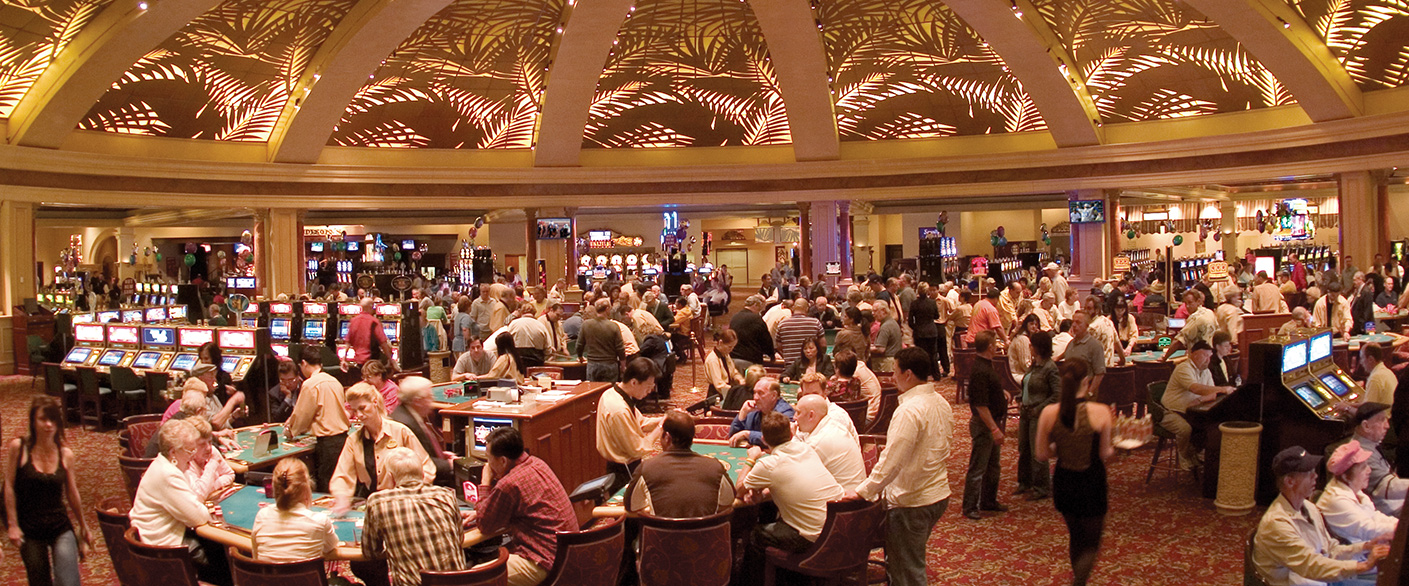
Gambling games have long captivated the human imagination, drawing participants into a universe filled with fortune, planning, and the allure of thrill. Each experience is painstakingly crafted not just for fun, but also to evoke particular emotional responses that keep gamblers immersed and committed. Understanding the drives behind these designs reveals much about how psychology plays a vital role in the gaming experience.
From the dazzling lights and dynamic sounds to the sophisticated layering of rules and rewards, casino games are designed to create an atmosphere of excitement and expectation. Game designers leverage mental cues to influence gambler behavior, whether through the use of winning opportunities, close-call situations, or social connections. By examining these elements, we can better appreciate how casino games fulfill not just a want for entertainment, but more profound psychological needs for thrill and risk.
Understanding Gamer Behavior
Casino games are crafted with a profound grasp of player psyche, which is essential for attracting and holding players. The rush of the game, alongside the hope of winning, establishes a formidable allure. Game designers make use of elements like audio cues, dynamic graphics, and captivating gameplay to engage attention and generate emotional responses. These sensory effects enhance the overall experience, making players feel more attached in the game.
Another notable aspect of player behavior is the idea of risk and reward. Casino games often weigh high-risk scenarios with the potential for significant rewards, which can lead to the occurrence known as near-miss experience. When players come near to winning, the brain releases dopamine, reinforcing their behavior and prompting them to keep playing in quest of that hard-to-reach win. This cycle of wish and letdown plays a crucial role in how games are constructed and advertised.
Lastly, community aspects also play a pivotal role in player behavior at casinos. Many games are made to be played in groups or with other players, creating a sense of community and shared experience. The interaction inherent in games like poker enhances enjoyment and can result in longer play sessions. Designers capitalize on this by designing environments that prompt players to remain, interact, and return, making the overall casino experience more appealing.
The Role of Visuals and Audio
Imagery and audio play a crucial role in enhancing the gambler’s experience within gambling games. Designers utilize bright colors, striking graphics, and captivating animations to attract gambler’s attention and hold their interest. The use of motifs, such as adventure or luxury, helps create an immersive atmosphere that transports players into another world. By appealing to the senses, these elements add to a intensified emotional response, prompting players to engage more deeply with the games.
Audio design is just as important in enhancing the experience of gambling games. The combination of ambient music, audio effects for successful combinations, and environmental noises creates an auditory landscape that holds players enthralled. Sounds associated with victories, such as chiming bells or celebratory music, evoke feelings of excitement and satisfaction, prompting players to continue playing. free spins no deposit not on GamStop These sound cues are strategically placed to enhance the thrill of the game and create a more engaging experience.
Additionally, the synchronization of visuals and audio is essential for reinforcing the game’s overall theme and mood. Each element should align harmoniously to create a unified experience that pulls players in. The effective use of this synergy not only enhances user satisfaction but also boosts the chances of return play, as players become more engaged in the captivating world that the casino games offer. This thoughtful combination of imagery and audio ultimately enhances player involvement and commitment.
Incentive Systems and Engagement
The development of casino games heavily relies on reward systems to keep participants engaged and returning for additional experiences. These structures are based in behavioral principles that take advantage of human nature and desire. Participants are often driven by the excitement of success, which is supported by immediate feedback through the game structure’s mechanics. This prompt satisfaction not just enhances the overall experience but also cultivates a feeling of achievement, prompting participants to keep playing in hopes of greater gains.
Gaming establishments utilize various incentive systems, including large payouts, bonuses, and multipliers, to captivate players. These features create a layer of thrill that sustains interest. Additionally, the randomness of results plays a significant role in keeping attention. The variable reward system, where successes are random but occur often enough, keeps participants on edge and driven to keep playing. This cycle of anticipation and anticipation is foundational to the effectiveness of casino games.
Furthermore, social elements, such as competitive events and multiplayer features, enhance the participation factor by tapping into the competitive nature of players. The communal aspect of playing with others can amplify the thrill of success and create a community atmosphere within the gaming space. By combining these community elements with efficient reward systems, gambling experiences not only provide entertainment but also nurture a deeper bond among players, reinforcing their loyalty to the overall experience.
